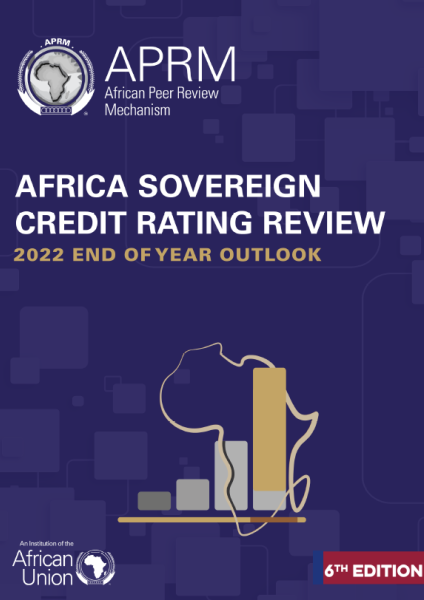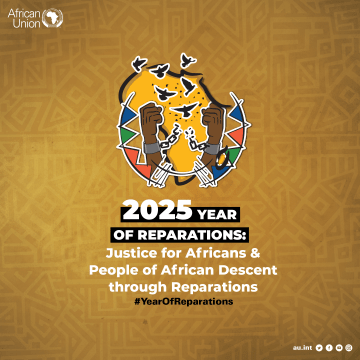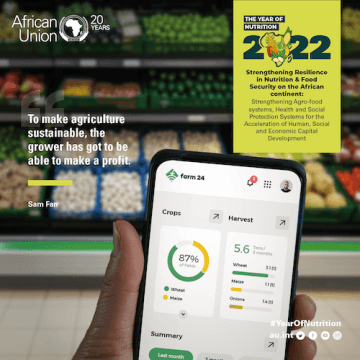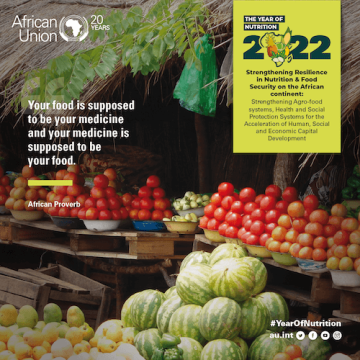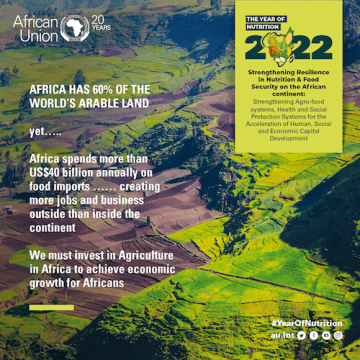AFRICA SOVEREIGN CREDIT RATING REVIEW 6TH EDITION
- Type :
- Publications
- Language :
- English
- Publisher :
- APRM
The continent faces a number of challenges to achieving the 2030 Agenda for Sustainable Development and the African Union (AU) Agenda 2063 ‘The Africa We Want’. Amongst these challenges is the high borrowing costs, which is keeping most African states out of the financial markets, and this has been exacerbated by the risk of unsustainable debt levels as cited in the ratings actions. Hence, African governments continue to raise their dissatisfaction on the general decline in credit ratings, which has become a significant threat to debt sustainability.
Addressing the 77th United Nations General Assembly in New York on 20 September 2022, the current Chairperson of the African Union (AU) – President Macky Sall of Senegal – expressed concern1 that ‘the perception of risk in Africa continues to be higher than the actual risk,’ causing high insurance premiums and making African economies appear unattractive to investors. He further highlighted the shortcomings in the assessment processes of credit rating agencies (CRAs), the importance of ‘transparent methodologies so as not to undermine confidence in ratings’ and called for a constructive dialogue with the CRAs on improving their working and assessment methods. Addressing at the same gathering, President Nana Akufo-Addo of Ghana also criticized2 CRAs for being ‘quick to downgrade African economies which has worsened the financial situation, denying smaller countries access to cheaper borrowing, pushing them deeper into debt.’
Risks associated with climate change are also increasingly being significant as witnessed by the extreme weather conditions and credit rating agencies (CRAs) are integrating them into their analyses. The 27th Conference of the Parties to the United Nations Framework Convention on Climate Change (COP27) also called3 for appropriate measures to address the establishment of a sustainable sovereign debt hub towards reducing the cost of capital and debt stock.

